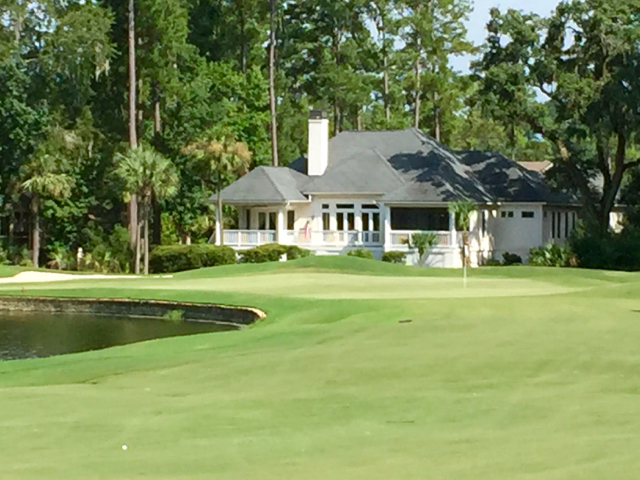I responded to a query today at TopRetirements.com about renting a home in an area before buying one there. Here was my response:
“On the surface, renting before committing to a purchase makes sense. You get to kick the tires in your new neighborhood and area before making a large investment. However, at a time of rapidly appreciating prices, a one-year rental — even a six-month rental — could cost you a significant amount of money.
In many of the golf communities I have researched, prices in the last few years have increased between 5% and 10% annually. If you were to have a $300,000 home in mind, whether in a golf community or not, and choose to rent, then your $300K home (or those like it) could be priced at $330,000 just a year later. You might have to settle for a lesser house. And of course you would have ‘wasted’ one year’s worth of rent when you could have been building equity in your home (and, eventually, pocketing that potential $30,000 in price appreciation).
There are arguments on both sides, but the course I would choose is to visit the area for a week, go everywhere you can, and ask a whole bunch of tough questions of everyone you meet. You should be able to build a clear impression of what life will be like in your new home.”
I might add the obvious, that the opportunity cost of renting rather than buying a home more expensive than $300,000 is appreciably greater. If you have a particular geographic area or a specific golf community in mind, contact us and we will be pleased to share the latest price trends with you.
























